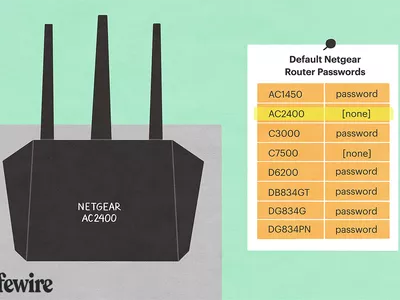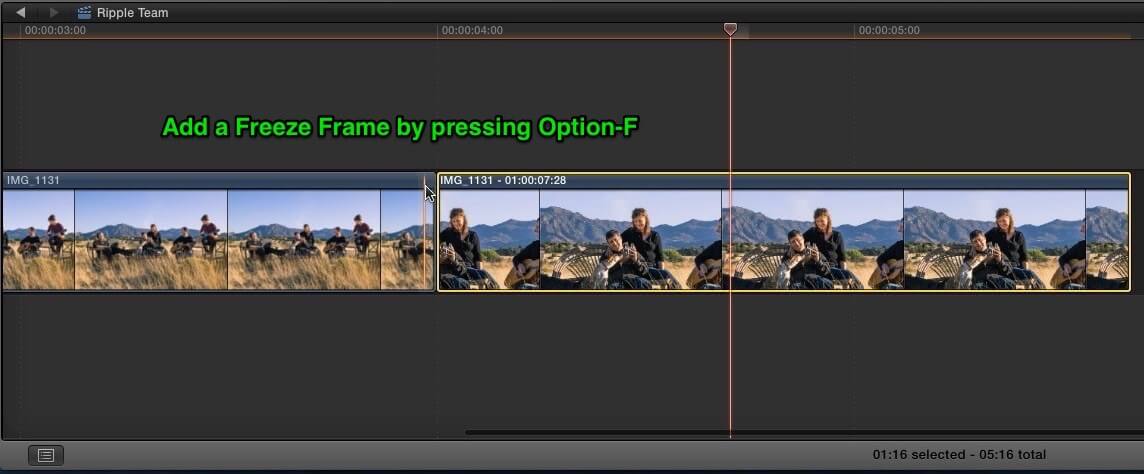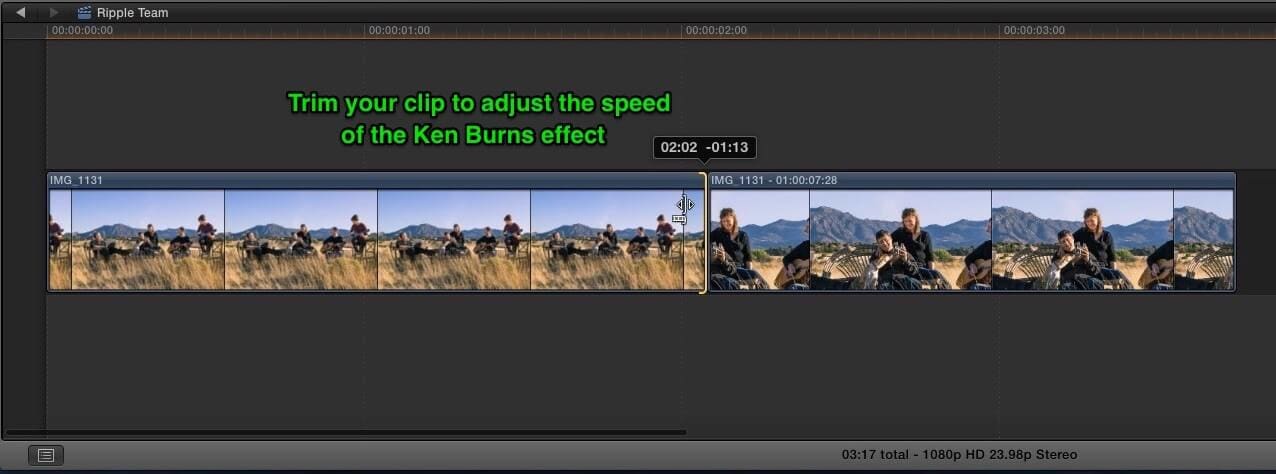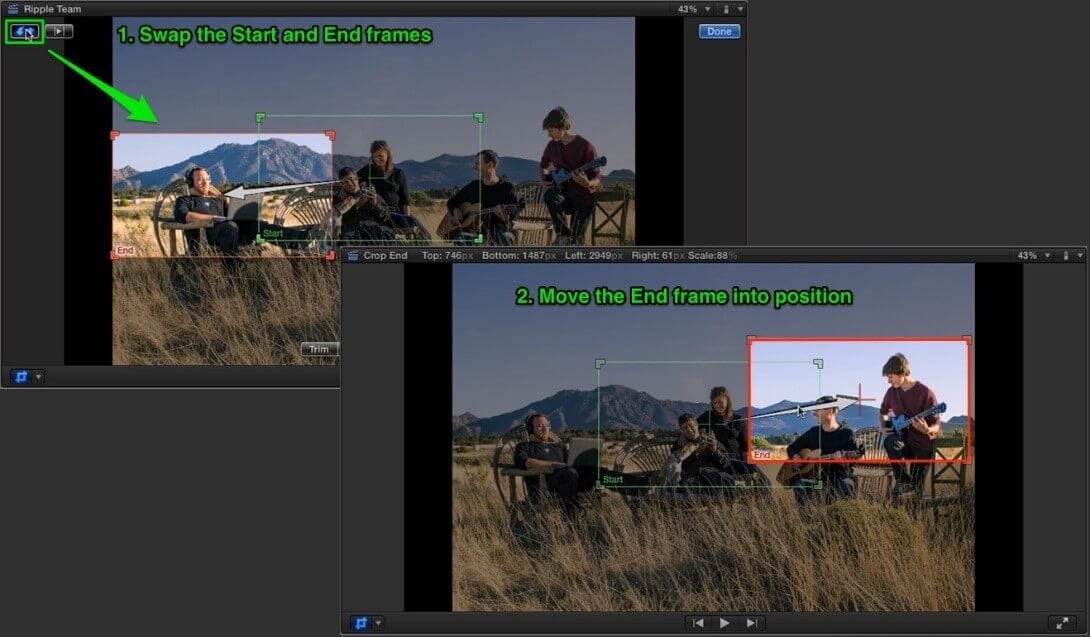
New 2024 Approved The Ken Burns Effect Made Easy Follow These Simple Steps

The Ken Burns Effect Made Easy: Follow These Simple Steps
How to Make Ken Burns Effect in Final Cut Pro?

Liza Brown
Mar 27, 2024• Proven solutions
Ken Burns Effect is an advanced feature of Final Cut Pro that allows users to add creative animations to their videos and images within minutes. You just need to select your picture, add movements to the clip, and choose the start and the end position to produce high-resolution stills. Besides, you can do a tilt, zoom in, a pan, or a combination of these three moves on a single image. This way, you can use the Ken Burns Effect to highlight the stimulating features in your photograph and save your memories in the form of innovative and high-definition animated clips.
This article introduces the readers to Final Cut Pro and explains how to add the Ken Burns Effect in 8 simple steps.
- Part 1: How to Make a Ken Burns Effect in Final Cut Pro?[detaied steps]
- Part 2: How to add the Ken Burns Effect to Multiple Camera Movements?
- Extensive Reading: Why Ken Burns Effect is Named after Ken Burns?
Part 1: How to Make a Ken Burns Effect in Final Cut Pro?
Final Cut Pro is user-friendly software and makes it easy for you to create a Ken Burns Effect without having advanced skills and expertise. So, are you interested in knowing the best part? Given below are a few simple steps to create Ken Burns Effect and make your pictures and videos look adorable.
Step 1: Add Images to the Timeline
First of all, you should specify a name for your project and add photos to the timeline in Final Cut Pro. For this purpose, select multiple photos and press E. A clip will be added to the timeline as shown in figure 1.
_  _
_
Step 2: Check Your Settings
As you can see, our timeline has no other video clip. Hence, Final Cut Pro will not recognize the clip until you adjust the video properties such as format, resolution, and rate, etc. For this purpose, click OK to use your preferred settings and press Shift + Z to fit the picture to your timeline window. Once you’re done it’s time to apply the Ken Burns Effect.
_  _
_
Step 3: Add the Ken Burns Effect
The Ken Burns Effect is used to focus on specific parts of an image and bring motionless content in to provoke emotional reactions. Follow these steps to add the Ken Burns Effect:
- Select the clip or picture;
- See the lower left of the viewer;
- Go to the Viewer window using the drop-down menu;
- Tap on the pop-up menu located in the bottom left-hand corner;
- Choose the Crop option from the menu or press Shift + C;
- Press the Ken Burns button in the Crop onscreen controls to add the effect; and
- Finally, notice the start frame and the end frame controls.
_  _
_
Step 4: Customize Your Effect
In the Ken Burns display, you can see the controls for adjusting the panning and zooms effects by changing the size and position of two-colored rectangles overlaying on the clip. To customize the Ken Burns effect:
- Adjust the green rectangle’s size and position to set the start position;
- Adjust the red rectangle’s size and position to set the end position;
- The arrow depicts the direction of camera position between start and end position;
- In the top left-hand corner, click on the Swap button to exchange the two positions as per your requirements;
- You can see the preview of the animation on the screen.
_  _
_
Step 5: Add a Freeze Frame
You’re not done yet because you need to hold your picture at the end of the animation. For this purpose, you should create a freezing frame at the end of the clip to make Ken Burns do this. Here’s the deal:
- Press the Down arrow followed by the Left arrow to go to the last frame;
- Press Option-F to add a freeze-frame;
- Make sure that your added frame matches the ending frame of the Ken Burns Effect.
_  _
_
Step 6: Adjust the Duration of the Freeze Frame
The users can also adjust the speed of the animation and the duration of the freeze-frame by trimming your clip. For this purpose, trim the length as per your requirement and it will optimize the speed as shown in figure 6.
_  _
_
Step 7: Swap the Start and End Frame
Now, swap the start and ending frame as per your preference for the Ken Burns animation. Here’s how you can do this:
- Click on the Swap button;
- The start frame will match the still frame (previous one);
- Grab the end frame and move it to your desired position;
- Apply enough zoom in to make the black areas disappear;
- Preview to see how your animation looks.
_  _
_
Step 8: Play/Preview Looping
After you have optimized the speed of the Ken Burns Effect by trimming the clip’s length and have widened the shot to include everyone, it’s time to preview the changes you have made. Given below are simple steps:
- Press the Play Loop button;
- Tap on the Pause icon and return to editing;
- Click Done and enjoy your animation.
Seems a little complicated? Filmora allows users to do Ken Burns effect, or pan and zoom effect, in much easier steps, click to download and have a try!
Part 2: How to add the Ken Burns Effect to Multiple Camera Movements?
Although you can apply a single Ken Burns movement to your image, you can still give the impression of multiple movements being used. This means the Ken Burns Effect can be added to multiple camera movements by duplicating the photo and building numerous movements in sequence.
- Add the first camera movement to your image;
- Duplicate the clip by click and drag option or copy and paste option;
- Press the Swap button in the Ken Burns settings to reverse the start and end positions;
- Verify if multiple camera movements have been added.
Extensive Reading: Why Ken Burns Effect is Named after Ken Burns?
What is the Ken Burns Effect?
The Ken Burns Effect is a feature in Final Cut Pro to create a pan and zoom effect by using your predefined start and end positions. Basically, it is a crop effect with one crop at the start of the clip while the other at the end. Ken Burns Effect can be further customized by adjusting the smoothness of the animation. While creating a Ken Burns Effect, the motion applied to the video clips gets automatically smoothed to accelerate and decelerate the movement slowly at the start and the end of the animation.
Why the Effect is named after Ken Burns?
Now, as you have learned the purpose of the Ken Burns Effect, you must be curious about its name. It is named after American documentarian Ken Burns, who is known for his instantly recognizable and highly influential visual aesthetic. Surprisingly, Ken Burns did not invent this Ken Burns Effect; rather, it has existed for decades. You might be wondering why the technique was then named after Ken Burns. This was due to the persistent and adroit use of this technique that it is now known as the Ken Burns Effect.

What are the Applications of Ken Burns Effect?
Primarily, the Ken Burns Effect is used due to the unavailability of a film or video. The technique gives action to still photographs to glorify the subjects of interest like couples in wedding photography. It gets better and better as you apply simulated parallax with Ken Burns Effect to make your 2D images appear as 3D plus advanced zooming visuals. You can also use the Ken Burns effect to make a video of your graduation ceremony pictures or memorable moments of reunion. Ken Burns Effect is also used in documentaries by professional filmmakers and editors.
Conclusion
Adding animated effects to your pictures and videos makes them look gorgeous. This is crazy, isn’t it, when you impress your peers with your editing skills. So, what’s the bottom line of this whole discussion? Try adding the Ken Burns Effect with Final Cut Pro to create a pan and zoom effect on your pictures and clips get the output in your desired format.

Liza Brown
Liza Brown is a writer and a lover of all things video.
Follow @Liza Brown
Also read:
- [New] In 2024, Elevate Video Visibility with Expert Titles
- 2024 Approved In-Depth Analysis Ultimate Storage Choices
- A Quick Guide to Tecno Phantom V Flip FRP Bypass Instantly
- Expert Guide: Repairing Your Razer Blackshark V2's Malfunctioning Mic
- How to Transfer Text Messages from Meizu 21 to New Phone | Dr.fone
- In 2024, Top 11 Free Apps to Check IMEI on Apple iPhone 6s
- In 2024, What Does Jailbreaking iPhone 14 i Do? Get Answers here
- Masterful Guide: Booting Into Windows 11'S Safe Mode
- New In 2024, Free Online Movie Making Software Top Picks
- New PC Video Dubbing Made Easy Top 6 Software Solutions
- Updated From Fast to Slow A Comprehensive Guide to Slow Motion Effects in Windows Live Movie Maker
- Updated In 2024, Premiere Pro CS6 for Mac - Instant Download, No Cost
- Updated Top Converters Turn Videos Into Live Photos with Ease for 2024
- Video Storytelling Made Easy A Final Cut Pro Slideshow Tutorial for All Levels for 2024
- Title: New 2024 Approved The Ken Burns Effect Made Easy Follow These Simple Steps
- Author: Charlotte
- Created at : 2024-12-09 16:56:08
- Updated at : 2024-12-16 13:08:34
- Link: https://smart-video-creator.techidaily.com/new-2024-approved-the-ken-burns-effect-made-easy-follow-these-simple-steps/
- License: This work is licensed under CC BY-NC-SA 4.0.

